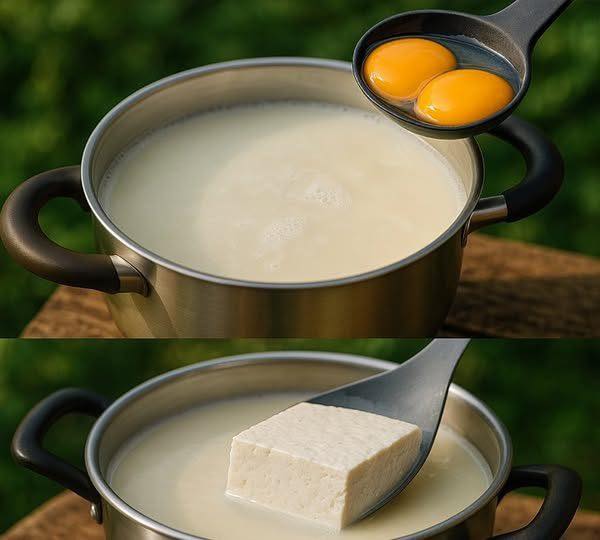ADVERTISEMENT
Boiling eggs seems simple enough, but getting them just right—whether soft-boiled with a runny center or hard-boiled with a firm yolk—can be tricky. The key lies in understanding the nuances of water temperature, timing, and cooling methods.
If you’ve ever struggled with stubborn shells, overcooked yolks, or rubbery whites, this guide will ensure you achieve perfectly boiled eggs every time.
🔬 Why Most People Get Boiled Eggs Wrong
A common mistake in egg boiling is immediately plunging hot eggs into cold water. While this seems like a quick cooling trick, it causes thermal shock, which makes the egg whites contract and the shell stick. The result? Cracked eggs and frustrating peeling.
Recent culinary research shows that a gradual cooling process—starting with warm water—is much gentler and helps eggs peel effortlessly. The way you cool your eggs is just as important as the way you cook them.
🧪 The Science of Boiling Eggs Perfectly
When you boil an egg, proteins in the white (albumen) start firming up between 140°F to 160°F (60°C to 71°C), while the yolk sets at 149°F to 158°F (65°C to 70°C). If you cook too quickly or unevenly, you risk overcooking and tough textures.
In addition, the calcium and magnesium in the eggshells react to temperature changes, influencing the texture and ease of peeling. Managing heat and cooling carefully ensures your eggs have a smooth texture and peel cleanly.
🛠️ Ingredients & Tools You’ll Need
Ingredients:
4–6 large eggs (1–2 weeks old for best peelability)
Room-temperature water (enough to cover eggs by at least 1 inch)
Optional: 1 teaspoon salt or vinegar (helps prevent cracking)
Tools:
Medium saucepan with a lid
Timer or phone stopwatch
Slotted spoon or tongs
Bowl for cooling water
📋 Step-by-Step Guide: How to Boil Eggs the Right Way
Step 1: Prep the Eggs
Start with eggs that are about 7–10 days old. These are easier to peel because their pH level changes over time, creating a slight gap between the white and the shell.
Place your eggs in a single layer at the bottom of the pot to avoid cracking and ensure even cooking.
Step 2: Add Water & Optional Ingredients
ADVERTISEMENT
